Gardeners warned against growing these 5 invasive herbs – and what to do if you want to keep them in your yard
Herbs are very forgiving plants to grow, but some do tend to avail themselves of all garden space possible
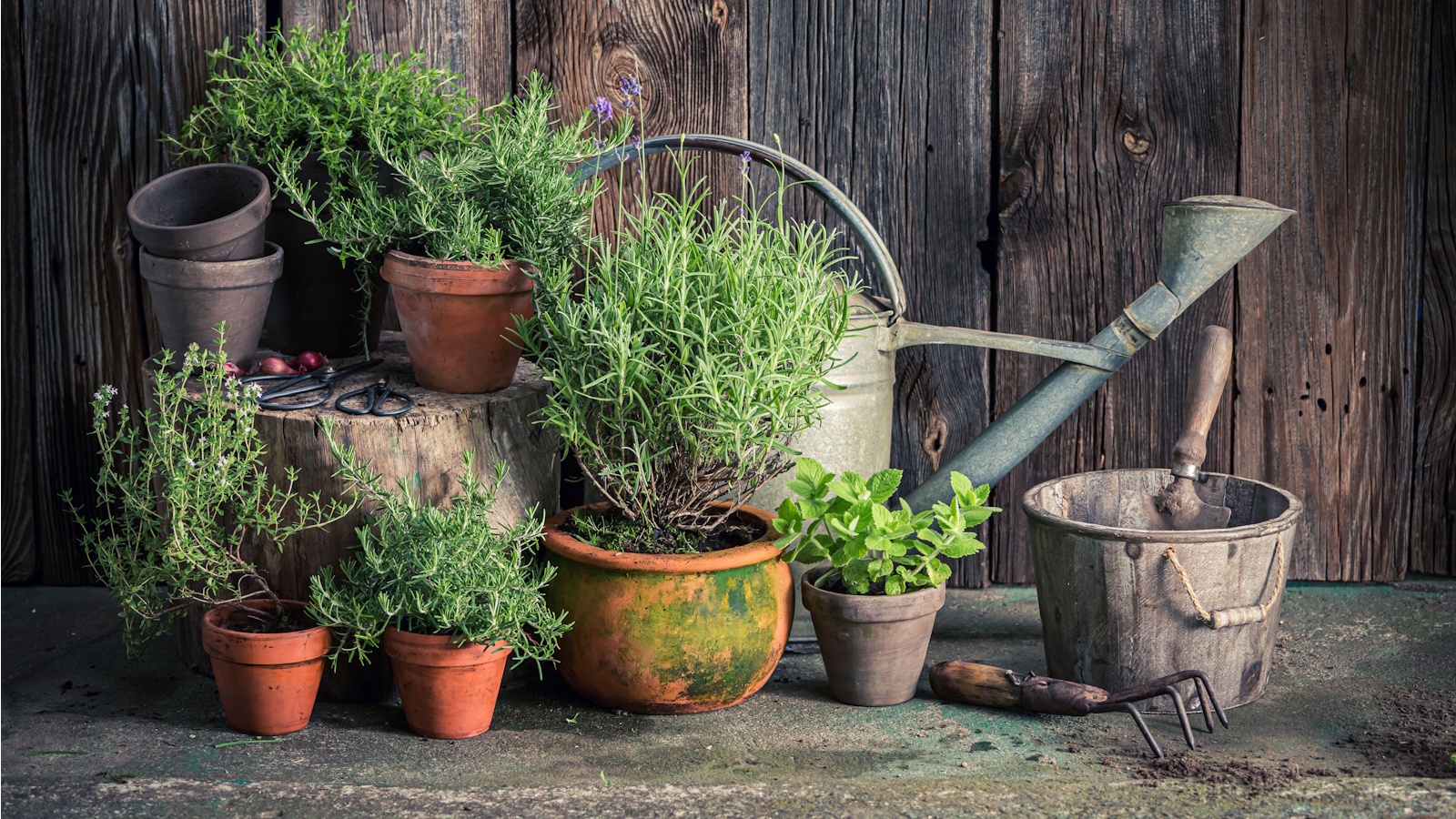

Herbs form the foundations of many successful kitchen gardens. Very many herbs are beautifully aromatic and superabundant. Most are very quick-growing and highly attractive to our pollinator friends, totally delicious, and on the whole, are very compliant, easy-to-own plants. But there are invasive herbs that can be less courteous.
If you are considering different herb garden ideas and weighing up which herbs to grow in specific areas of your garden, it's worth bearing in mind that some invasive herbs can become a hindrance if left to roam freely. It's worth restraining these invasive plants, so that they don't run riot, eventually dominating and overwhelming your flower beds.
Here, we uncover five of the most invasive herbs and dig into how you can grow them without them overwhelming your garden.
1. Mint

To me (and the ancient Greeks), mint is a non-negotiable herb to be used in abundance.
However, it can be a vexatious, albeit tasty, herb, as once it is planted, it is very difficult to get rid of it.
'Mint simply starts putting out roots every time some part of the plant touches the soil,' explains vegetable expert Kate Russell.
None of this is to say that mint should be avoided: my garden is overflowing with catmints (Nepetas), which, whilst growing vigorously, can be restrained with a little care.
Design expertise in your inbox – from inspiring decorating ideas and beautiful celebrity homes to practical gardening advice and shopping round-ups.
'Mint, and many of its relatives, spread aggressively, so containers are the best way to grow it,' explains plantsman Alex Kantor. 'Place it in partial sun to full sun, and keep the soil moist but not waterlogged,' he advises.
If you love the look of mint in a flower bed, and it does look mightily pretty, then it's a good idea to plant it into a bottomless bucket that you can sink into your flower bed. This gives the illusion of growing it in the ground, but has the benefits of keeping growth in check. If that sounds like a faff, it needn't be as you can buy these bottomless pots easily online, like these bottomless plant pots available at Amazon.
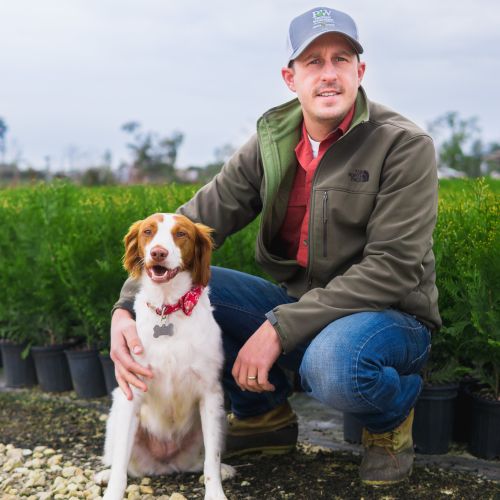
Alex has worked in the horticultural industry for over 20 years and grew up on the farm since his childhood years. Alex is an expert on landscape trees, shrubs, and indoor plants. He is passionate about growing and helping others learn the trade.
2. Herb fennel
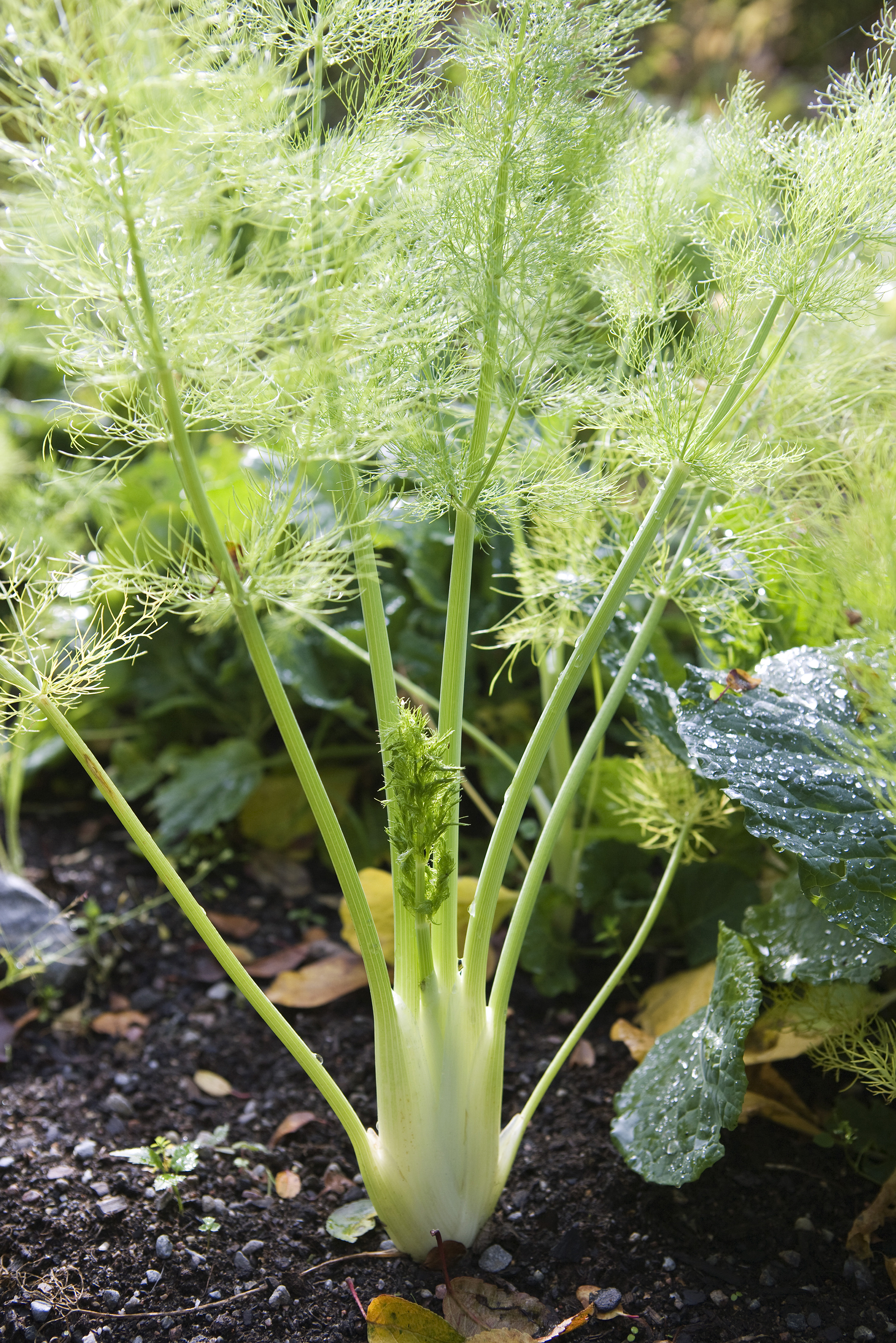
Fennel (Foeniculum vulgare) is always a pleasant sight in any garden, with its fine, plumy fronds and towering foliage.
It's also wonderfully straightforward to grow fennel from cuttings, even the type you buy in the supermarket. It's also incredibly painless growing fennel from seed, I recommend the Florence variety, like these seeds available at Burpee.
It's the biggest and most delectable of all of the fennel varieties, its aniseed flavor makes it a summer staple in my home. But, it's worth considering when to grow fennel and where to grow fennel, so it doesn't run amok.
'It is a prolific producer of seeds and is known to spread quickly as a result, as large numbers of seeds disperse via wind and animals to spring up again around the garden,' explains Drew Swainston Content Editor at Homes & Gardens.
'As the plant can resprout from the crown after being cut down, it is also difficult to eradicate once established. To grow herb fennel and avoid this issue, regularly deadhead plants to remove flower heads once they form. This is the simplest way to stop the plant from producing seeds and spreading them around your garden.'

Drew is a Gardening Expert and Content Editor for Homes & Gardens. He was formerly a professional gardener for several years and worked at the world-famous arts and crafts garden Hidcote Manor Garden, and he also spent several years at Hanbury Hall Gardens.
3. Horseradish

Horseradish plant (Armoracia rusticana) is a large and particularly delicious plant that really packs a piquant punch. Grating fresh horseradish in a Bloody Mary may be one of the best culinary creations of our time, and so growing it at home is a no-brainer.
However, tread carefully when planting horseradish, as it can be a thug when it wants to be. Horseradish plants are almost impossible to get rid of once established. It has a reputation for vigor and has been known to take over a herb garden, holding all other herbs hostage.
A far better way to grow horseradish is in a large container, like this large outdoor planter pot available at Wayfair. It's important that it is large enough to accommodate its speedy root system.
In open ground, horseradish roots can reach a whopping 10ft deep, so although your container clearly needn't be quite this capacious, it is wise to plant them in a larger container if possible.
4. Lemon balm
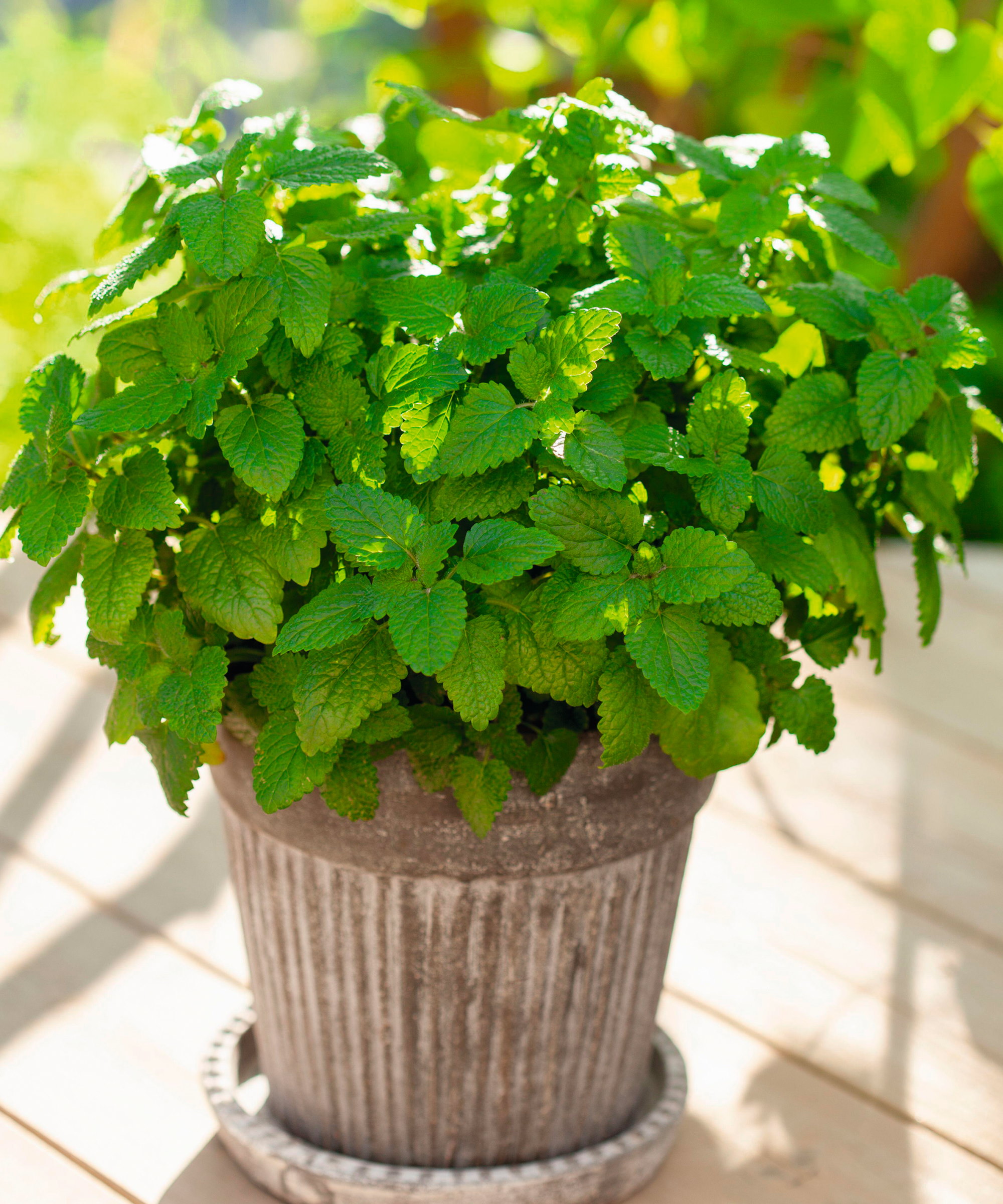
The lemon balm plant (Melissa officinalis) it a total delight to grow in the garden. In the summer months, it has dainty pale flowers which hungry bees and butterflies flock to, and the leaves can be picked to make summer cordial or tea.
That said, lemon balm is a rampant grower that, if left unchecked, can very quickly take over. It can very quickly self-seed, and you may find lemon balm cropping up in all sections of your garden, even where you don't want it to.
Removing the flowers of the plant as soon as they appear will make your lemon balm far less invasive. Alternatively, it is worth remembering that you can grow lemon balm indoors all year round. It will live happily in many types of pots, so long as it has drainage, like this vintage ceramic flower pot available at Amazon.
'They grow beautifully on windowsills,' says Kate. 'That way, you control feeding and irrigation, and you keep them from spreading into areas where you don't want them.'

Kate Russell helps others make the most of a landscape by incorporating delicious, attractive edible plants. She is the author of 'Stop Wasting Your Yard!', available at Amazon.
5. Three cornered leek
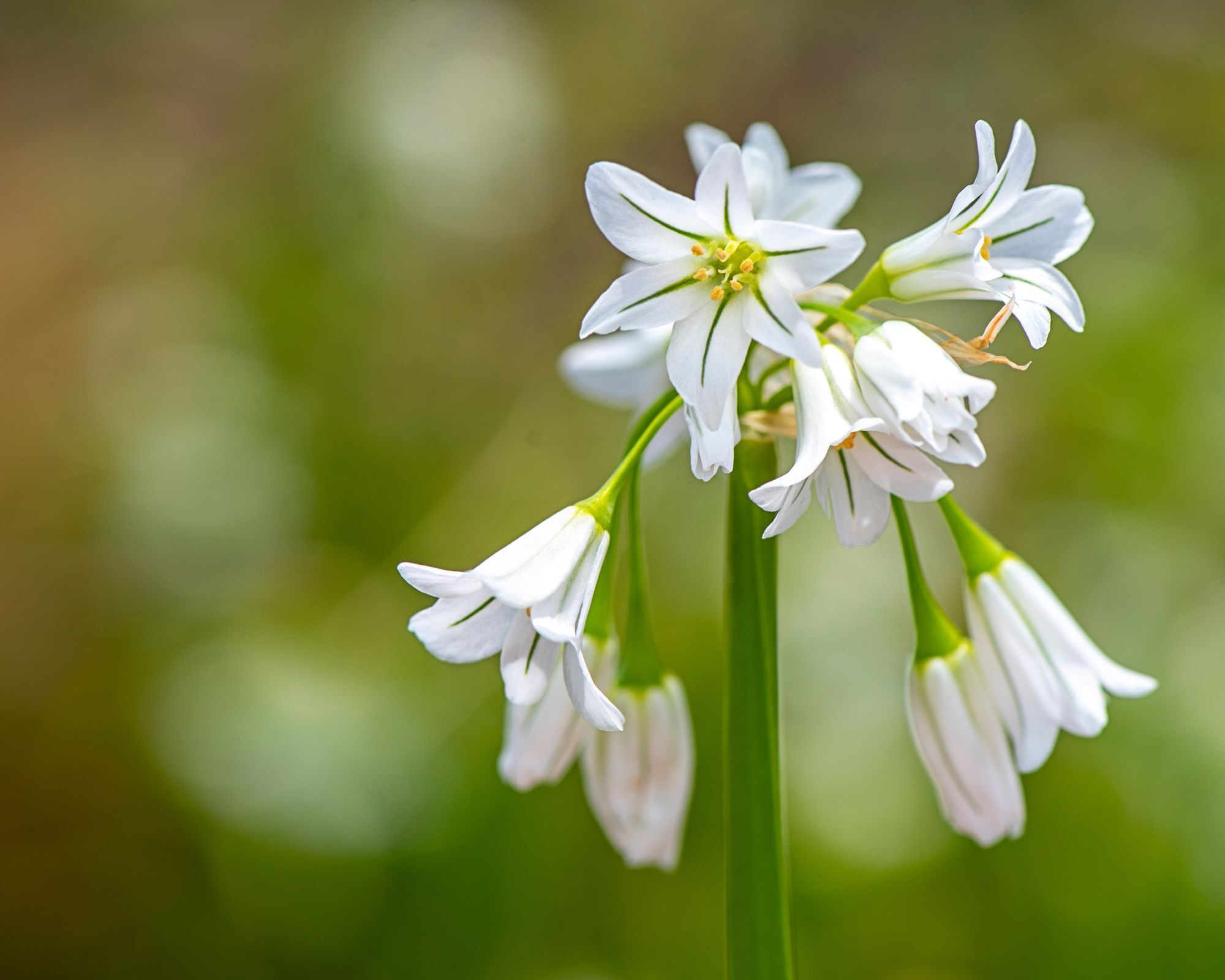
Three-cornered leek (Allium triquetrum), also known as 'stinking onion', and it's not hard to guess why. It is part of the allium family and is entirely edible, with a slightly milder and sweeter taste than wild garlic.
They're a wild forager's idea of heaven, as they grow in abundance and add an oniony, earthy note, similar to chives, to summer feasts.
Three-cornered leek spreads by its bulbs and its seeds, and spread it certainly does. Once it takes up residence, it is incredibly difficult to evict it.
It takes non-stop hand-weeding to dig up the bulbs, and you should remove the flower heads before they mature to prevent them from producing hundreds of seeds. If you are considering planting three-cornered leek at home, it would be wise to reconsider your plans.
Instead, it is worth substituting this uncontrollable grower for simple chives. I think chives might be the hero of any herb garden, not least for their beautiful (and utterly delicious) chive flowers, always aflutter with bumble bees and butterflies.
They're stunning in summer and very easy to take care of. Get your hands on a packet of seeds, like these organic chive seeds available at Ferry Morse, and sow directly into the ground.
Growing herbs is one of life's simplest and most rewarding pleasures. Its always worth growing herbs in pots if you are unsure where to place them. Most herbs don't need fertilizer, but if you think your herbs are looking a little lacklustre, you may wish to top them up with nutrients and give them a boost, so try a herb food like this herb fertilizer available at Amazon.

Sophia Pouget de St Victor is the UK Content Editor at Homes & Gardens, bringing readers the latest trends, expert insights, and timeless design inspiration tailored to a UK audience. With a background in luxury interiors and a qualification in Garden Design from London, she has a passion for creating spaces with character and emotional depth. Sophia gravitates toward interiors that defy definition, valuing individuality and effortless elegance. She lives in West London with her partner, two mischievous terriers, and a plump cat named Lettuce.
You must confirm your public display name before commenting
Please logout and then login again, you will then be prompted to enter your display name.